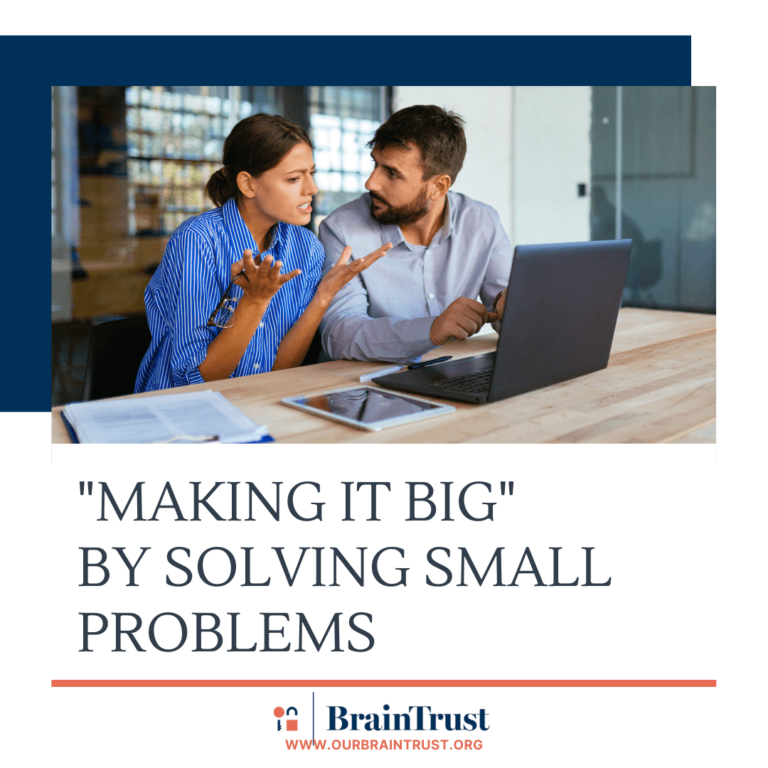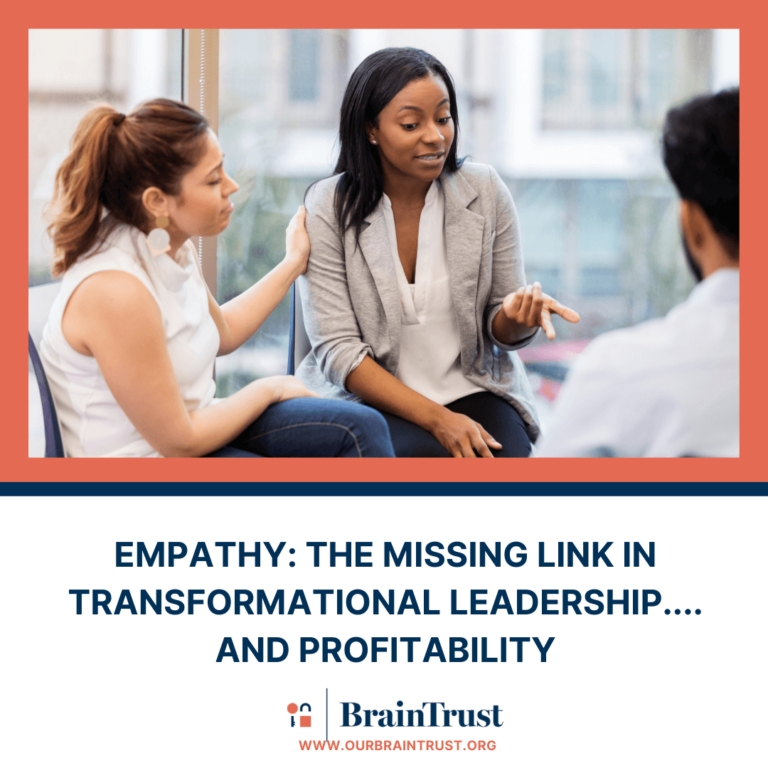Breaking Up With Your Product: Embracing Customer-Centric Growth
With the world changing faster than ever before, adaptability isn’t just a skill; it’s a survival trait. It’s easy for entrepreneurs to fall deeply in love with their initial product or service. However, in the dynamic dance of market trends and consumer needs, this attachment can become a tether, restraining the potential growth and evolution of your business.
A Tale As Old As Time
Let’s take a trip down memory lane to those nostalgic Friday nights. Picture yourself strolling through the aisles of Blockbuster, the excitement bubbling as you hunt for the perfect flick. Maybe it’s a rom-com for a giggle-filled girls’ night or a spine-tingling horror for a date night thrill. Those were the days, weren’t they? The joy of picking a movie, the race against time to return it – all cherished memories from a bygone era. Because, let’s face it, Blockbuster is long gone.
Now, fast forward to your last Netflix binge. Remember how you lounged, endlessly scrolling for the next binge-worthy series or film? Was it just yesterday? Maybe last week? That’s the beauty of the present – convenience and choice right at our fingertips. But here’s the million-dollar question: why is Netflix the king of our screens while Blockbuster faded into the sunset?
Both started similarly with movie rentals. Yet, Netflix adapted to the changing needs of its customers with the proliferation of the internet. Blockbuster, on the other hand, stayed loyal to its first love – DVDs. Netflix didn’t just provide movies; it reinvented the way we consume entertainment, prioritizing customer convenience and evolving needs. It’s a classic tale of adaptation, of staying in rhythm with the changing times and desires. Netflix fell in love with its customers’ needs, while Blockbuster’s only love was its product. And in this twist of fate, we find an entrepreneurial lesson as timeless as the classics – fall in love with satisfying the needs of your customer, not your product/service.
The Cost of Over-Attachment
Imagine a business landscape where 70% of startups fail by their 10th year. This stark reality isn’t just due to financial mismanagement or lack of passion; it’s often the result of an inability to adapt. Sticking too closely to an original product or service, entrepreneurs risk missing the boat on evolving market trends and shifting consumer preferences.
Take a look at Kodak. Once a titan in the photography industry, Kodak suddenly became obsolete in the digital age. Despite Kodak being one of the first companies to create a digital camera, it hesitated to fully invest in this new technology because of the fear of cannibalizing its film cameras. Kodak’s inability to adapt and focus on protecting its current products blinded the company from new and innovative entrants to the photography industry which ultimately led to the photography giant’s demise.
The Importance of Adaptability
Adaptability is the entrepreneurial equivalent of being fluent in multiple languages in a global market. It’s about understanding and responding to the needs of a diverse consumer base. Studies indicate that adaptable businesses see improved performance, increased learning ability, and higher levels of creativity and innovation. For instance, a McKinsey report highlights that adaptability is crucial for not only business success but also psychological well-being, linking it to higher levels of social support and life satisfaction.
Begin With Your Vision
Take a moment to reflect on your company’s vision statement. Does it focus heavily on your specific product or service? If so, it might be time for a rethink. A truly effective vision statement should capture the essence of the need you’re addressing, rather than how you’re addressing it. Consider Uber’s vision: “We reimagine the way the world moves for the better.” Notice it doesn’t specify ride-sharing? This broader perspective allows Uber to diversify and adapt, offering services like Uber Eats, lime scooters, Uber charters, and more, staying in step with evolving market trends and expanding customer needs. Spend time identifying the fundamental need you serve and passionately seek the best ways to meet it. This approach should be the heart of your vision statement, driving your company’s growth and adaptability.
Adapting Your Team For Adaptability
Embedding adaptability into your organization is essential to make your adaptable vision a reality and keep your business afloat in today’s ever-changing market. To help you create this adaptable environment, we’ve put together some practical management tips:
- Communicate the Vision: Share your adaptable vision clearly and frequently. Communication is key to ensuring everyone understands and aligns with this adaptable approach.
- Empower Your Team: Encourage team members to take initiative and make decisions that align with the adaptable vision. Empowerment fosters a sense of ownership and adaptability.
- Encourage Flexibility in Processes: Review and adjust your processes to allow for flexibility. This could mean adopting agile methodologies or simply encouraging creative problem-solving.
- Invest in Training: Regular training sessions on adaptability and change management can help staff develop the skills needed to thrive in a flexible environment.
- Lead by Example: As a leader, demonstrate adaptability in your actions and decision-making. Your team will mirror this approach.
Adaptability in entrepreneurship is about more than surviving; it’s about thriving. It means evolving your passion beyond the initial product or service to meet the changing needs of the world. By embedding adaptability into your vision and operations, you carve a path of success in the entrepreneurial landscape, ensuring your business not only withstands but flourishes amidst the tides of change.








